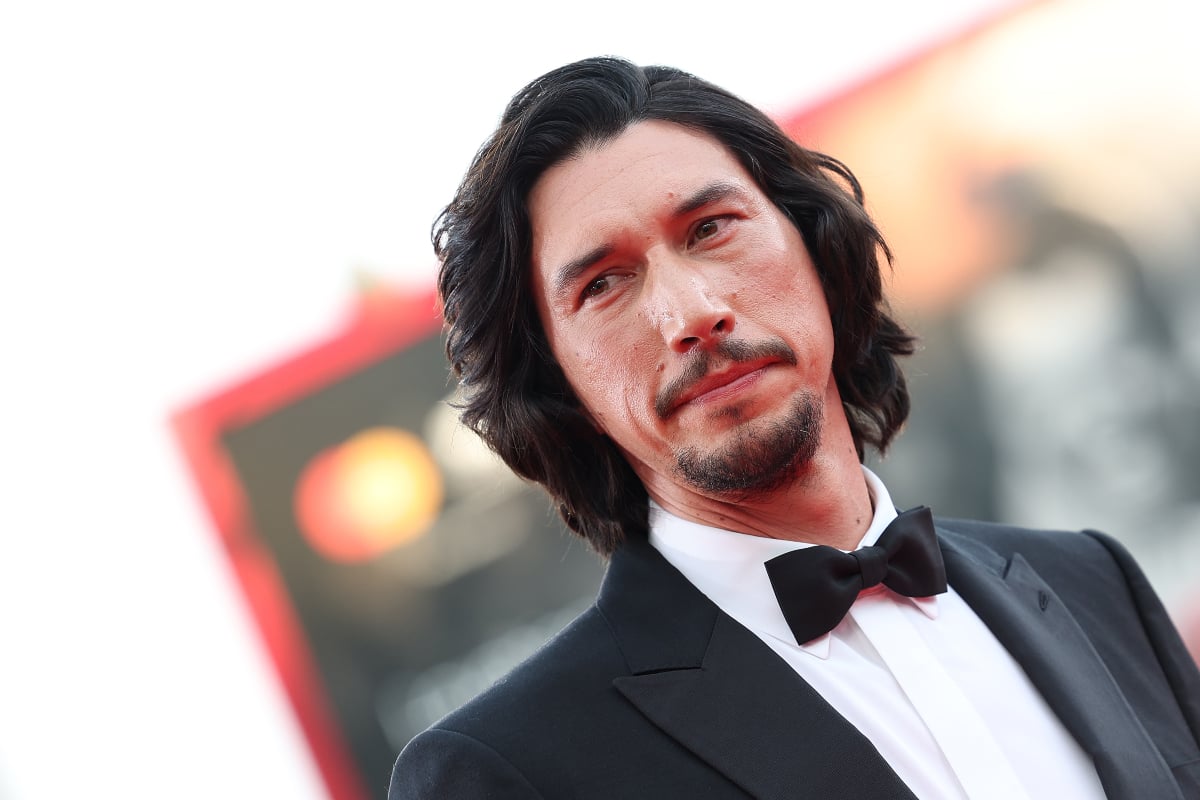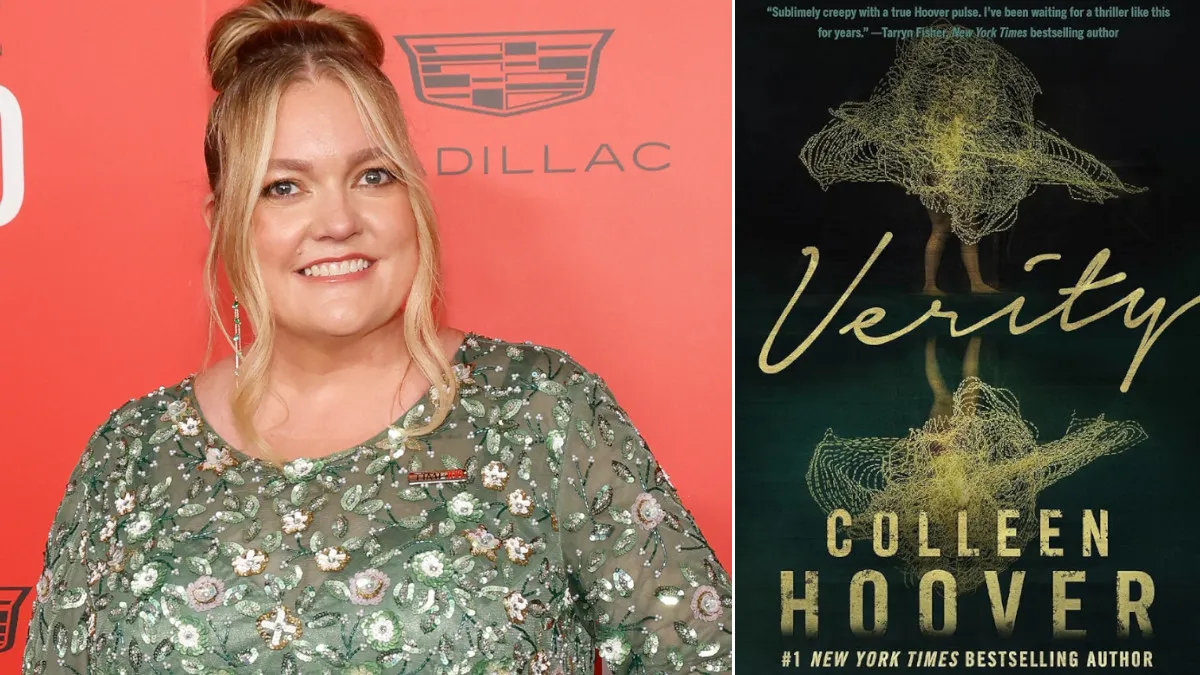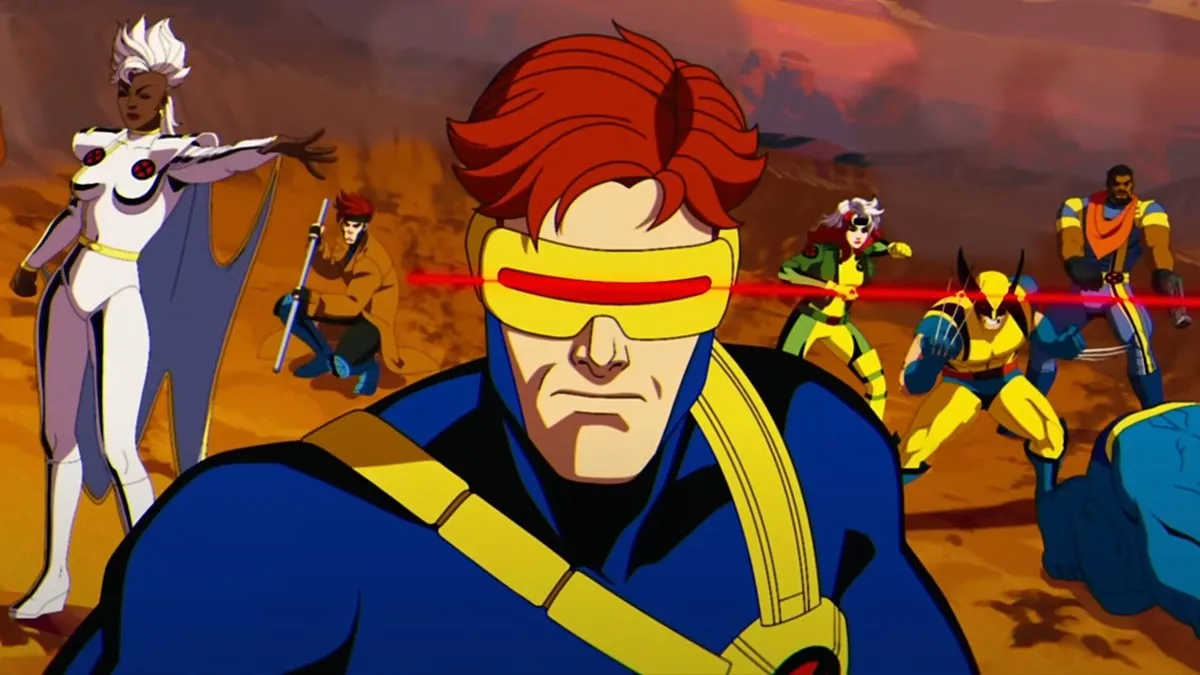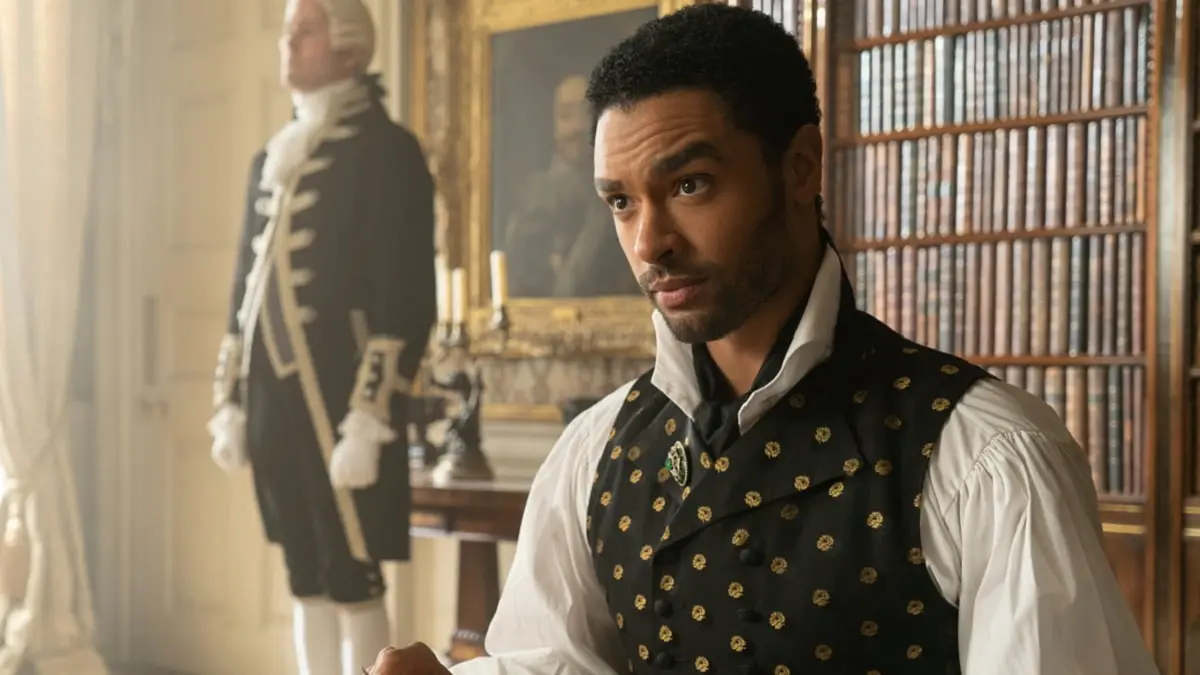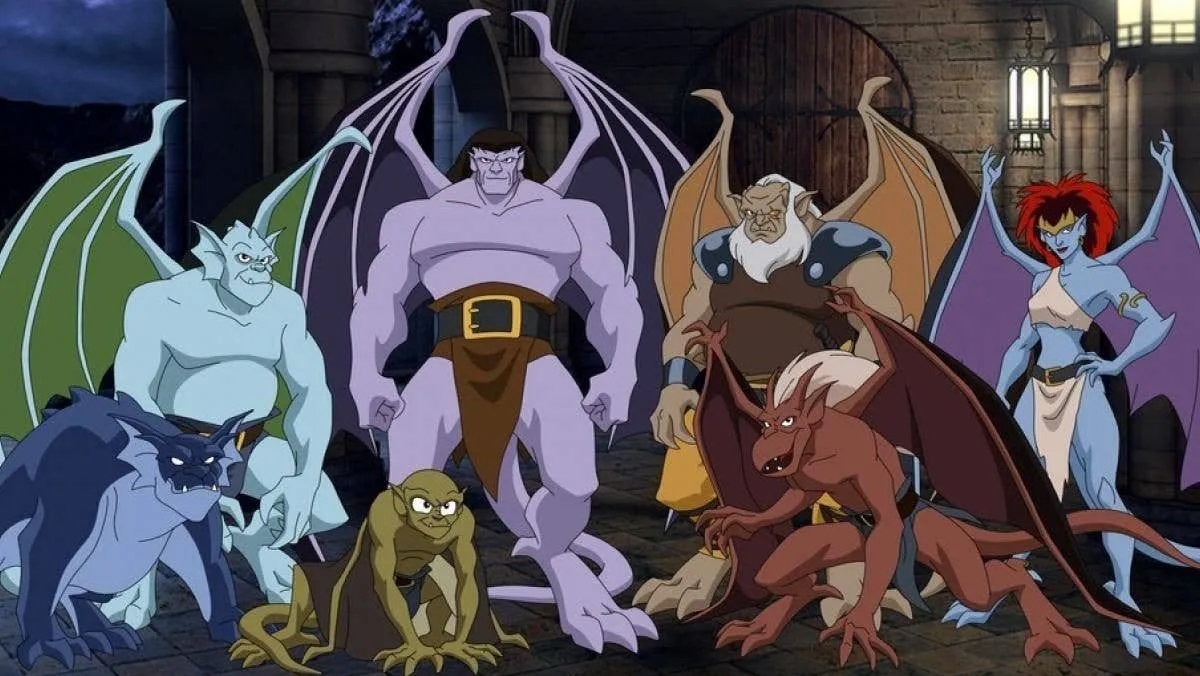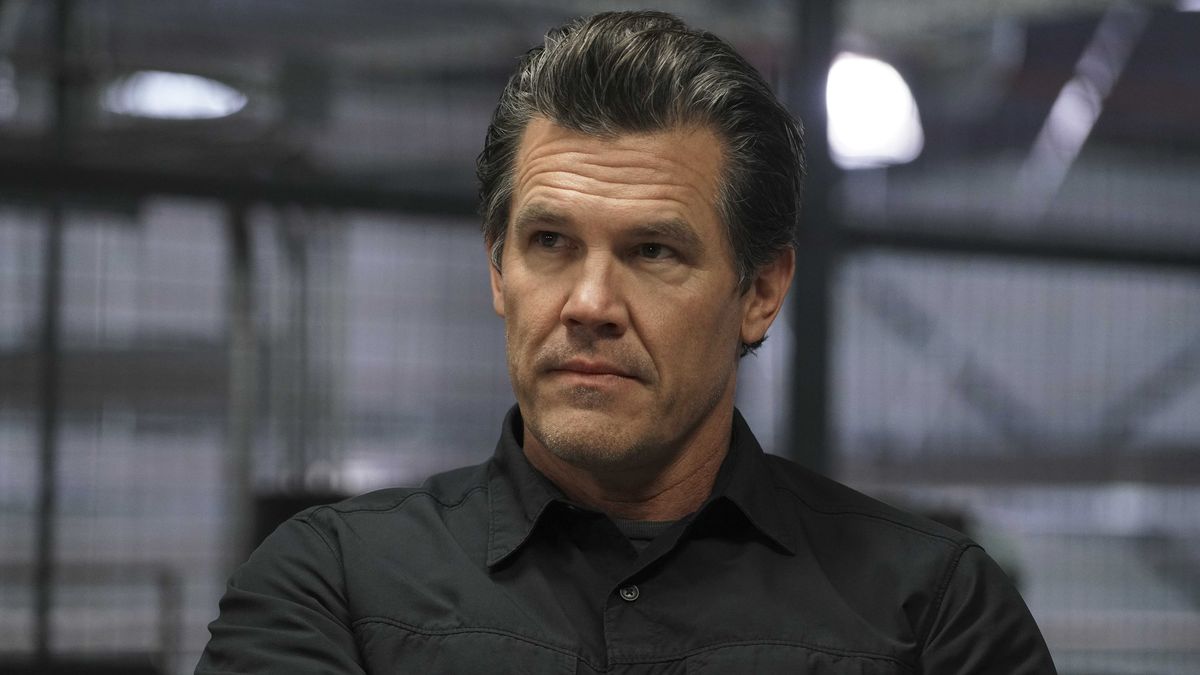This week, Adam Driver sat down for an interview with CNN’s Chris Wallace to promote his role in Ferrari, director Michael Mann’s long-anticipated Enzo Ferrari biopic. What begins as an interesting conversation with one of our most talented and compelling actors takes an absurd turn into Between Two Ferns territory when Wallace points out that Driver doesn’t “look like the typical movie star.”
Driver appears in the latest episode of CNN’s Who’s Talking to Chris Wallace? (available to stream on Max), in which the veteran broadcast journalist interviews various celebrities and public figures. After briefly discussing Ferrari, Wallace asks Driver about comparisons to actors like Al Pacino and Jack Nicholson, who “blurred the line between movie star and character actor.” Wallace, referencing a 2019 article in The New Yorker, asks Driver what he thinks of that, to which the actor says, “That’s very nice. Those are the actors that made me want to be an actor, so that’s a nice comparison.” Which is where this clip begins:
Wallace asks, “Do you accept it?” Driver responds by humorously pointing out that The New Yorker has also said derogatory things about him:
“Well, no. The New Yorker has also called me a horse-face, so I take it with a grain of salt. I remember reading one reviewer [who said] ‘his agent probably doesn’t know whether to put him in a movie or the Kentucky Derby.’ So if you believe the good thing, you have to believe the bad thing. I try to not absorb anything.”
Rather than move on from this line of questioning, Wallace takes it as a cue to comment on Driver’s appearance. “Well, that leads me to the next question I wanted to ask you, which is that you don’t look like the typical movie star,” says Wallace. “Has that been a help or a hindrance?” It’s a fully absurd question to ask a person, let alone in a televised interview, but the media has never been shy about commenting on the physical appearance of celebrities. Usually they’re far less delicate.
Driver is briefly visibly uncomfortable and he becomes self-deprecating in response to the question. As anyone who doesn’t fit the “conventionally attractive” mold manufactured and perpetuated by the media can tell you, self-deprecation is a common defense strategy. If anything, Driver’s response is incredibly relatable, but it’s still painful to watch as he’s forced to account for success that he only achieved, as Wallace implies, by overcoming how he looks. (I’m not going to get into whether or not Driver is attractive, which is an individual and subjective assessment and not a matter of fact, but there is plenty of evidence on social media to suggest that people enjoy looking at him.)
After noting that he’s worked consistently, and with several people he’s “always dreamed of” working with, Driver says, “I look how I look. I can’t change that, so I guess it helped me.” He trails off before adding, “A hindrance in only breaking mirrors wherever I go and having a misshapen, outsized body that I can’t fit through doorways or most clothes or fit into most cars.” To this, Wallace chuckles as if they’re sharing a human moment. The stars, they’re just like us! And that’s when the interview becomes an episode of Between Two Ferns, as Wallace asks Driver if he’s ever wondered, “Man, if I looked like Robert Redford, it would be easier.”
And then the producers throw up a split screen shot of Driver next to an old photo of Robert Redford:
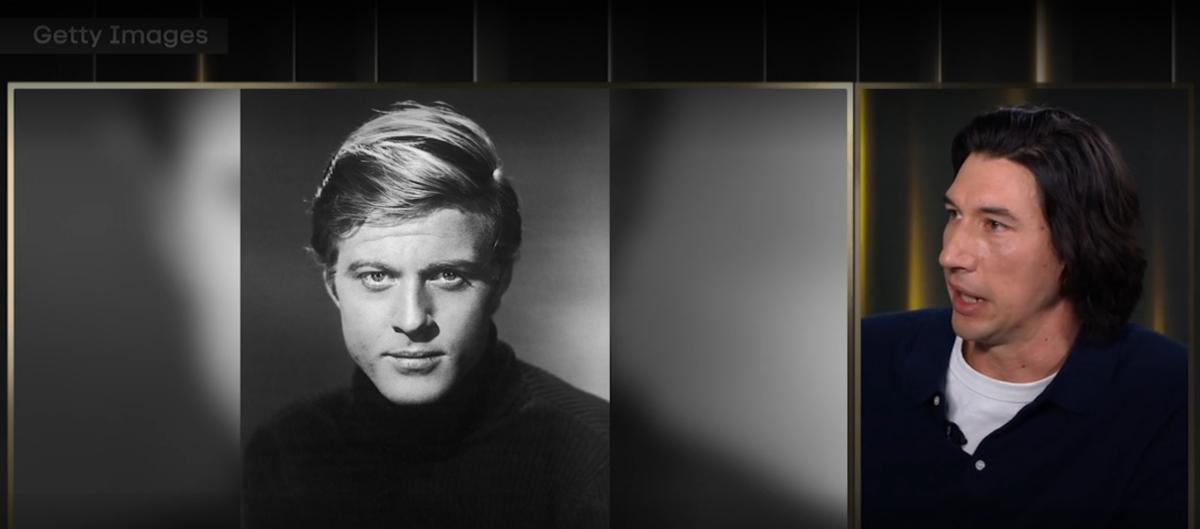
Wallace tries to make this seem like a point of commonality between himself and Driver, noting that he also wishes he looked like Robert Redford—the implication being that Wallace and Driver are a couple of odd-looking guys who achieved fame despite not being handsome enough to do so. It’s just such a bizarre conversation to have—at all, with anyone, in any setting.
Men have generally had it pretty easy in Hollywood (and elsewhere). They typically get paid more than their female counterparts—and, if they’re white, more than their non-white peers—and they don’t have to deal with the same level of scrutiny about their appearance. In recent years, it seems that the beauty paradigm has become more amorphous in that men are feeling it, too. Or at least they feel comfortable enough to respond to it in ways they haven’t before. Actors, including Kumail Nanjiani and Will Poulter, have expressed discomfort about the ways in which their bodies are openly discussed and the unhealthy methods they’ve employed to achieve the “ideal” physique in superhero films.
And Hollywood rewards such astonishing physical transformations during awards season, handing out trophies to the performers who sacrifice their beauty—and their health—for the craft. In interviews, actors are encouraged to talk about how they “prepared” for the role with restrictive diets and oppressive workout regimens that no average person could endure, let alone afford.
Driver is no stranger to this particular discourse. When he appeared in Girls, playing Hannah’s on again/off again love interest Adam, a disproportionate amount of commentary—by social media users and professional critics alike—was devoted to the body of his co-star, series creator Lena Dunham. The comments were not dissimilar, though they were more pointed, especially when it came to the season 2 episode “One Man’s Trash,” an incredible standalone installment in which Dunham’s Hannah has a brief, intense fling with a stranger. Played by Patrick Wilson—who would never be asked if his appearance was “a help or a hindrance” to his career—Joshua is a handsome doctor who lives in the nice house he previously shared with his wife. He’s lonely, and so is Hannah, and the two go through an entire relationship over the span of a single day. Joshua represents Hannah’s fantasy of being a functional adult in a mature relationship in which she is fully desired, considered, and respected. Hannah allows Joshua to fulfill the stereotypical middle-aged male fantasy of hooking up with a pretty young thing. Each is validating the other in an exchange that reads like two people having very different conversations.

At the time, Dunham was considered brave and provocative. She was, as critics and commentators often pointed out, “not conventionally attractive” and not thin like her co-stars, and yet she confidently appeared on television, often in the nude, having simulated sex with handsome men like Adam Driver, Donald Glover, and Patrick Wilson. There’s a metatextual fantasy element to “One Man’s Trash” that was often dismissed in complaints that the episode presented an implausible scenario; a man like Patrick Wilson would never have sex with a woman who looks like Lena Dunham. (Wilson’s wife, the actress Dagmara Dominczyk, disagreed.)
Beauty has always been prized in Hollywood, which has a history of not exactly having its priorities in order. Looking the part is more important than whether or not you can actually play it, an unsurprising ethic for an industry in which profits—and not artistry—often dictate when and how and why something gets made. Women have long criticized the industry for promoting unrealistic beauty standards, even as we remain beholden to them. Yet little has changed. Things are arguably worse now than they were 50 years ago. Even Adam Driver, one of our most celebrated working actors, can’t get through an interview without having to explain whether his physical appearance has been good or bad for his career. Would Chris Wallace feel comfortable asking the same of Lena Dunham? Or Melissa McCarthy? Unfortunately, the comparisons all but end there because women who are “not conventionally attractive” rarely if ever achieve a level of success in Hollywood that would require them to speak with Chris Wallace.
(featured image: Vittorio Zunino Celotto, Getty Images)



